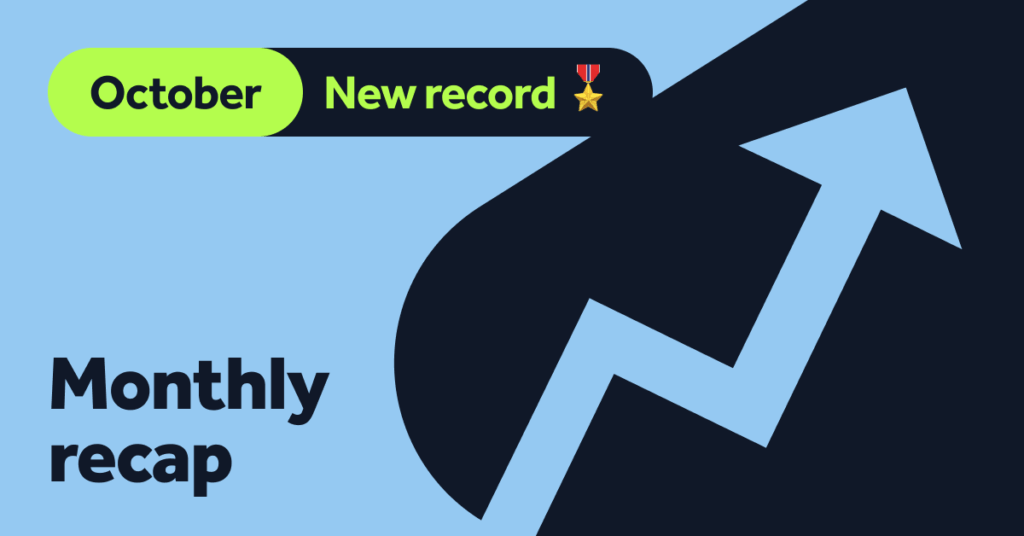Have you ever counted the time you’re spending on paying bills, sending money to an investment account, or buying bonds every month? These repetitive tasks take your focus away from more strategic objectives of achieving financial freedom and wealth. In this article, you’ll discover how you can get back your time and gain more control over your finances by introducing automation. Let’s check out a few ideas that you can start doing today.

1. Setting up Automatic Payments
Paying bills every month is an activity that often takes up your whole Saturday morning. It’s a tedious task that doesn’t contribute to achieving your financial goals. But here’s the good news — you can easily automate it.
You can set up various payments on autopilot — subscriptions, rent, or bills for services. Setting up a recurring transaction in your bank is everything you have to do. Once set up, your bank automatically transfers money every month on the selected date.
After you’ve set up monthly payments, you’ll notice that you can save at least a few hours every month that you’d otherwise spend on checking and paying bills. Then, there’s another bonus — you’ll never pay any late fees on the bills you forgot to pay.
2. Use Smart Home Automation Systems
Have your electricity and water bills increased this year? While almost everyone would feel the negative impact of inflation on their pocket, you can control your expenses on utilities using smart home systems.
Smart home systems are one of the ways that can help reduce the consumption of water or electricity — up to 23%. This is how it works: When you’re not at home, you can schedule the automatic temperature decrease in your apartment.
Fridges, robot vacuums, water boilers, and washing machines are examples of appliances that can be controlled remotely using Wi-Fi. As a result, you consume less energy, and your bill will be lower.

3. Automate Your Emergency Fund Account and Investments
An emergency fund is your lifesaver against any turbulence and unexpected life situations. If you’re currently working on creating one, you can achieve your goal much faster with automatic investments.
All you have to do is open a separate bank, savings, or investment account where you’d like your emergency fund to be located. Next, set up a transfer rule with your bank so the funds get deducted once you receive your salary and before you start spending money. The money is sent to the account automatically, so you don’t have to remember to do it every month.
Various instruments can help automate your contributions for investment purposes. For example, with Bondora, you can use Auto-transfer to invest with just a click. By enabling this feature, you invest the money available in your account immediately.
4. Consider using ChatGPT
ChatGPT is an AI-based tool and a chatbot that OpenAI launched in November 2022. It can provide answers to a myriad of questions across many domains, including finance. While it won’t substitute a financial advisor, you can use the tool to spend less time researching finance-related topics.
For example, let’s say you want to find the top banks that offer the highest interest rate on deposits. ChatGPT will give you the answer in just a few seconds. It’s also ad-free, so you can make a more informed and unbiased decision about where to save or invest your money.
To use the tool, go to chat.open.ai and register for free. After registration, you can put any question in the chat window and get an AI-generated response with tips and recommendations.

To Automate or not to Automate?
While in the beginning, it might feel like losing control over your money. But in the long run, you’ll notice the opposite — increased control over your wealth.
Are you still not sure if that’s for you? Try automating your finances gradually, so you don’t get a feeling of lost control right away. Once you feel comfortable with the first step, you can continue automating even more areas of personal finance over time.
Curious about more automation in finance? Check out this post on our Instagram account.




